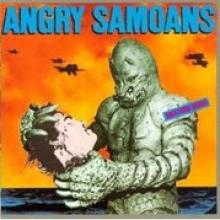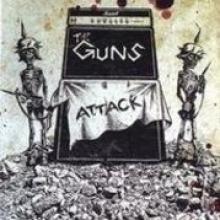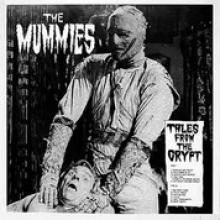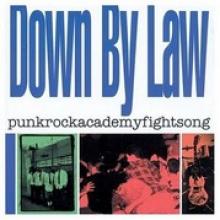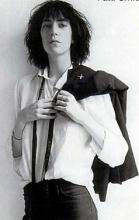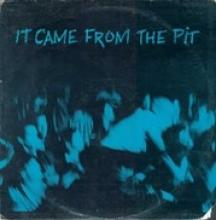Angry Samoans Probably Eat Boogers Too...
Back in 1970’s Los Angeles, Rodney Bingenheimer a deejay for KROQ, had settled upon his favorite punk acts from the scene. And, no there’s no reason that he was playing those group’s on the radio apart from the fact that he liked the music, he didn’t really fall in love with the Angry Samoans, though.
Regardless of whether or not the deejay cared about the band or not, the Samoans would set down “Get off the Air” for an album that it recorded between 1978 and 1979. The song would name Rodney specifically, call him a queer, a groupie, a square and any number of other names that served to alienate the band from KROQ’s playlist. It remains to be seen if the band would have broken into the Los Angeles punk scene via the airwaves, but being frozen out probably didn’t help.
The lyrical content that pervaded that first extended single entitled Inside My Brain would be continued over the duration of the band’s first proper full length, Back from Samoa, issued in 1982. Songs like “They Saved Hitler’s Cock” would pretty much immediately make the band a cult success. Anything commenting on the Fuehrer’s genitals is sure to find an audience. But before the Samoans began recording in the formation that cranked out those two releases, member’s were involved in a group called VOM, which included rock writer Richard Meltzer. VOM wasn’t necessarily a force on the LA scene, but did release a single that is today a pretty sought after collector’s relic.
Regardless of all that, the Angry Samoans forged an odd affinity for psych tropes in its punker come early hardcore musicality. Always a fan of garage stuffs, the ensemble was even able to land its first gig opening for Roky Erickson, former singer of the 13th Floor Elevators.
It was an auspicious date, seeing as the band was exposed to a decent audience that wouldn’t have necessarily come to hear the Samoans otherwise. Oddly, though, Erickson wasn’t actually present and his backing band rendered his performance in a series of shared vocals. Whether or not the show went off all that well, Erickson’s band developed an affinity for the Samoans the resulted in future recordings sharing members and the like for solo albums.
The first two releases that the Samoans brought out are generally the work referred to when discussing the So Cal band. Understanding that, the ensemble, made up of a revolving line up with singer Mike Saunders and drummer Bill Vockeroth remaining for the entirety of the Samonans’ life, has continued to release work up to the present.
The cohort still tours and plays semi-regularly in its home state. And while the Samoans won’t ever again be as appreciated as it once was, the band remains an important, if not just humorous, part of punk’s back story out there in Cali.
